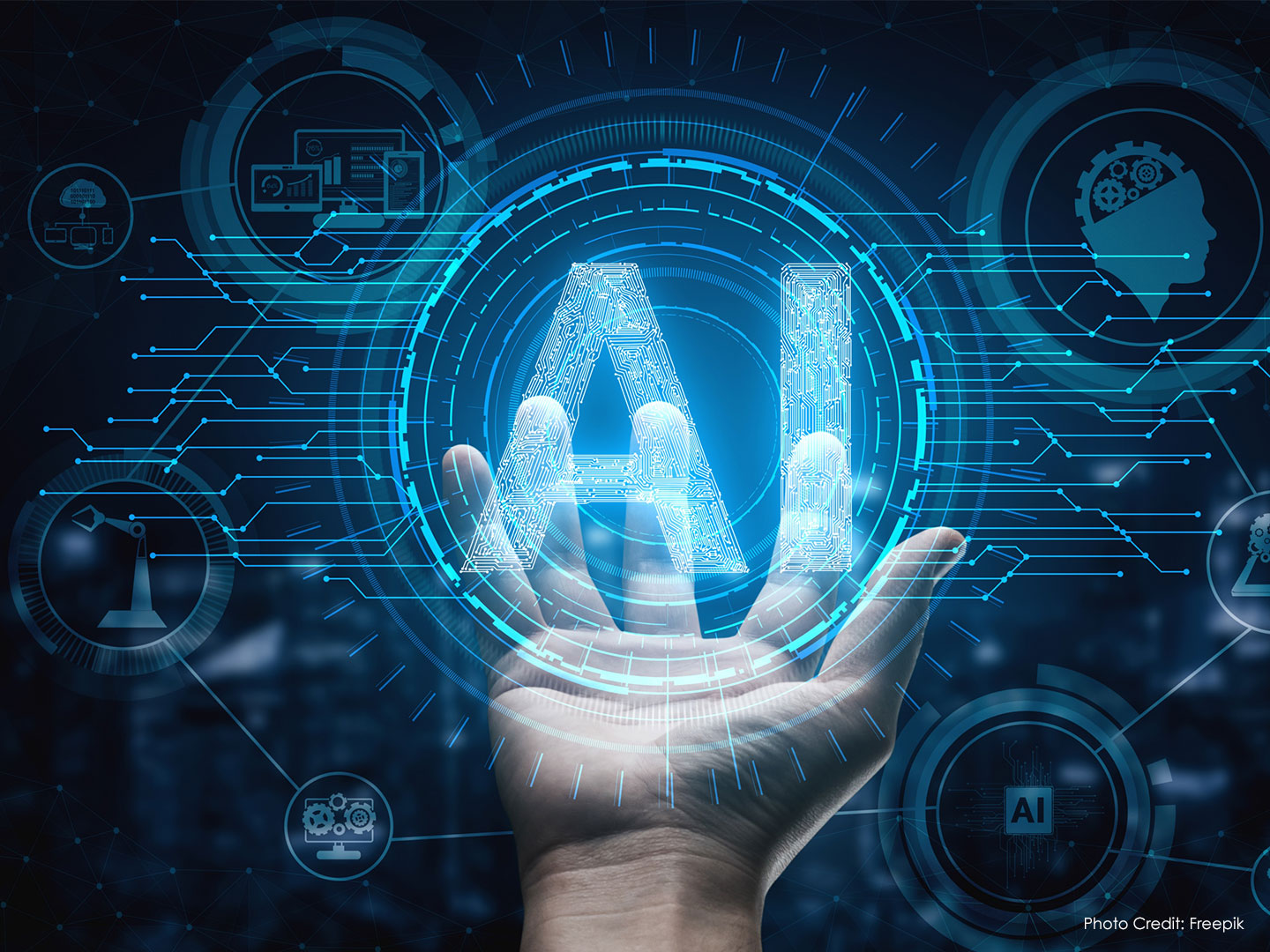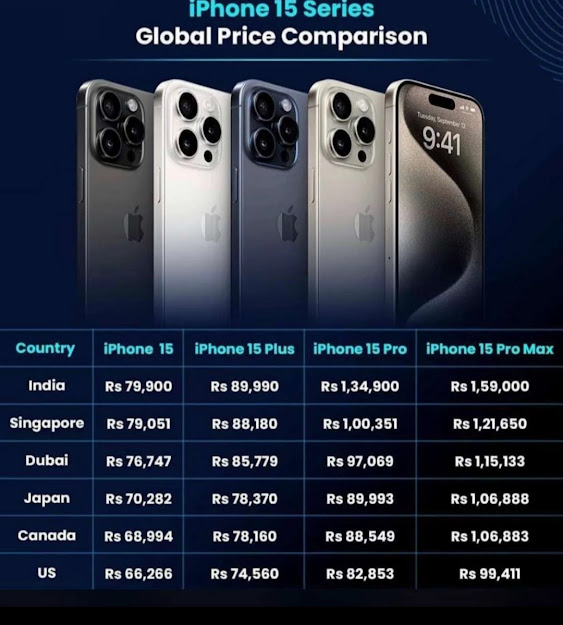HOW TO GENERATE AI VIDEO ONLINE
- Creating AI-generated videos involves using artificial intelligence to generate, modify, or enhance video content. Depending on your goals and the complexity of the video you want to create, you can use various techniques and tools. Here are the general steps to create AI-generated videos
Define Your Project Goals: - Clearly outline what you want to achieve with your AI-generated video. Determine the style, content, and purpose of your video.
- Select the Right AI Tools and Software:
- There are several AI-powered tools and software applications available that can help you create AI-generated videos. Some popular options include:
- Deepfake Tools: For creating realistic face swaps and lip-syncing.
- AI Video Editors: Tools that use AI to automate video editing tasks, such as video enhancement, object removal, or scene generation.
- AI Animation Software: Software that generates animations and special effects using AI algorithms.
- Voice Synthesis Tools: To generate AI voiceovers for your videos.
- Text-to-Video Generators: Tools that turn text or scripts into video content.
- Gather Source Material:
- Collect all the necessary source materials, including videos, images, text, or audio that you'll use as input or reference for your AI-generated video.
- Learn to Use the AI Tools:
- Familiarize yourself with the AI tools and software you've chosen. Most of these tools come with tutorials and documentation to help you get started.
- Pre-process Your Data:
- Prepare your source material for input into the AI tool. This may involve cleaning, formatting, or enhancing the data to achieve better results.
- Generate or Enhance Video:
- Use the AI tool to generate or enhance your video content. Depending on the tool, you may need to input text, select source images or videos, and configure various settings.
- Review and Fine-Tune:
- After the AI has generated the video, review it carefully. Make any necessary adjustments or fine-tuning to improve the quality and accuracy of the content.
- Edit and Post-Process:
- If required, use traditional video editing software to further edit and enhance your AI-generated video. This may include adding music, captions, transitions, or additional effects.
- Render and Export:
- Render your final video and export it in the desired format and resolution suitable for your intended platform (e.g., YouTube, social media, your website).
- Legal and Ethical Considerations:
- Be aware of the legal and ethical implications of AI-generated content, especially when dealing with deepfake technology or copyrighted materials. Ensure that you have the necessary permissions and adhere to ethical guidelines.
- Distribution and Promotion:
- Once your AI-generated video is ready, plan how you will distribute and promote it to your target audience.
- Continuous Learning:
- Stay updated with the latest advancements in AI video generation technology, as this field is continually evolving.
- Remember that AI-generated videos have the potential to be both creative and controversial. Use AI responsibly, adhere to ethical guidelines, and consider the impact of your content on viewers and society as a whole.


Comments
Post a Comment